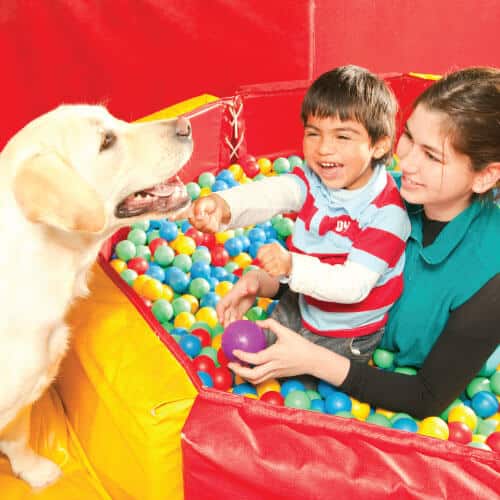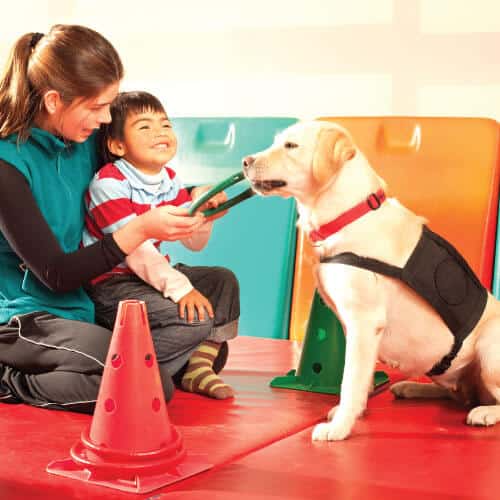How does Animal Assisted Therapy (AAT) work?
We know that human-animal bond helps release endorphins (chemicals produced naturally by the nervous system often called “feel-good” chemicals) that act as pain relievers, calmatives, and happiness boosters to cope with pain or stress, and changes in personality and behaviours have been noted anecdotally by clinicians, carers, parents and clients themselves. AAT helps build trust and confidence in the client and assists interventions using a Neurobiological Model to support clients at different phases of their treatment.
Who is Animal Assisted Therapy (AAT) for?
AAT is for people of all ages, with or without mental health issues. Some ideas about who would benefit, but not limited to:
- children, teens or adults who are lonely or unable to develop relationships with others
- children, teens and adults with physical disabilities or non-functioning motor skills
- people who live alone and cannot have a companion animal
- kids who lack the vocabulary to express themselves and teenagers who don’t enjoy talking
- survivors of trauma who are unable to verbalise painful events
- terminally ill patients, or people undergoing extensive medical procedures
- adults who find it difficult to express their feelings
- elderly, ill or palliative patients who are stressed, aggressive, non-communicative or with dementia
Who delivers Animal Assisted Therapy (AAT)?
Animal Therapists are specially-trained counselling professionals, who use their animals as part of a therapy plan, especially with the guidance of the client’s GP or other clinician.


